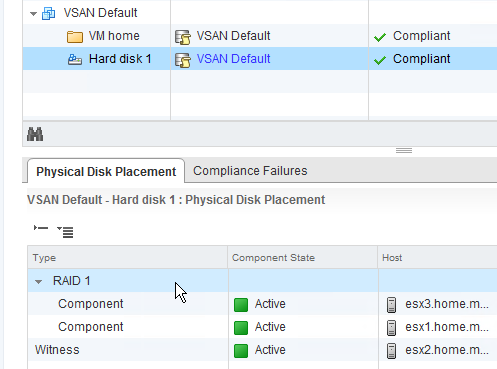As luck would have it, I was able to get it going in my home environment a while back. In the course of studying for Microsoft certifications, I had the opportunity to get some real practice with their certificate authority role, and I have a "proper" offline root and online enterprise intermediate as an issuer running in my home lab environment.
With that available to me, I'd already gone through and replaced just about every self-signed certificate I could get my hands on with my own enterprise certs, and vCLog was just another target.
I will admit that in my early work with certificates and non-Windows systems, I had a number of false starts; I've probably broken SSL in my environment as many times as I've fixed it.
One thing I've learned about the VMware certs: they tend to work similarly. I learned early on that the private key cannot be PKCS#1 encoded; it must be PKCS#8 key. How can you tell which encoding you have?
If the Base64 header for your private key looks like this:
-----BEGIN PRIVATE KEY-----
you have a PKCS#1 key. If, instead, it looks like this:
-----BEGIN RSA PRIVATE KEY-----
openssl rsa -in private.pkcs1 -out private.pkcs8Once you have the properly formatted private key, you must assemble a single file with all the certs in the chain—in the correct order—starting with the private key. This can be done with a text editor, but make sure you use one that honors *NIX-style end-of-line characters (newline as opposed to carriage-return+linefeed like DOS/Windows likes to use).
Most public Certificate Authorities (I personally recommend DigiCert) are going to be using a root+intermediate format, so you'll end up with four "blobs" of Base64 in your text file:
-----BEGIN RSA PRIVATE KEY-----Note that there's nothing in between the END and BEGIN statements, nor preceding or following the sections. Even OpenSSL's tools for converting from PKCS#12 to PEM-encoded certificates may put "bag attributes" and other "human readable" information about the certificates in the files; you have to strip that garbage out of there for the file to be acceptable.
[Base64-encoded private key blob]
-----END RSA PRIVATE KEY-----
-----BEGIN CERTIFICATE-----
[Base64-encoded intermediate-signed server certificate]
-----END CERTIFICATE-----
-----BEGIN CERTIFICATE-----
[Base64-encoded root-signed intermediate CA cert]
-----END CERTIFICATE-----
-----BEGIN CERTIFICATE-----
[Base64-encoded root CA cert]
-----END CERTIFICATE-----
If you follow these rules for assembly, your file will be accepted by vCLog's certificate import function, and your connection will be verified as a trusted connection.




